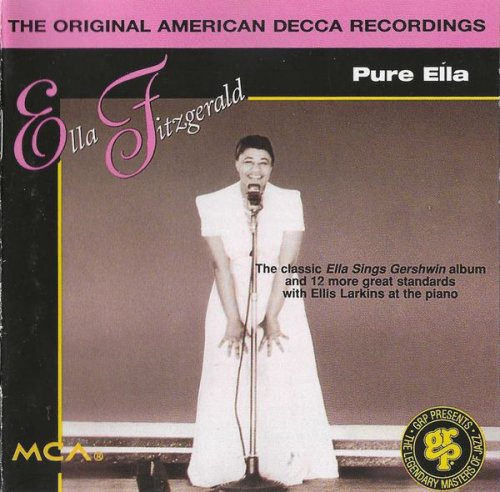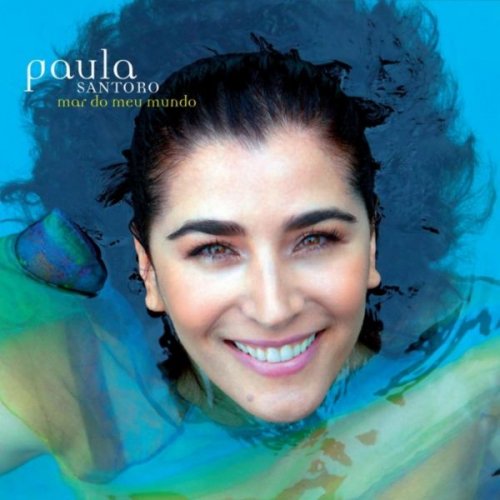Ulf Wallin, Deutsches Symphonie-Orchester Berlin, Okko Kamu - Bruch: Works for Violin and Orchestra (2015) [Hi-Res]

Artist: Ulf Wallin, Deutsches Symphonie-Orchester Berlin, Okko Kamu
Title: Bruch: Works for Violin and Orchestra
Year Of Release: 2015
Label: BIS
Genre: Classical
Quality: flac 24bits - 96.0kHz +Booklet
Total Time: 00:59:40
Total Size: 1.01 gb
WebSite: Album Preview
TracklistTitle: Bruch: Works for Violin and Orchestra
Year Of Release: 2015
Label: BIS
Genre: Classical
Quality: flac 24bits - 96.0kHz +Booklet
Total Time: 00:59:40
Total Size: 1.01 gb
WebSite: Album Preview
01. Violin Concerto No. 2 in D minor, Op. 44: I. Adagio ma non troppo
02. Violin Concerto No. 2 in D minor, Op. 44: II. Recitativo. Allegro moderato
03. Violin Concerto No. 2 in D minor, Op. 44: III. Finale. Allegro molto
04. In memoriam, Op. 65
05. Konzertstück for Violin & Orchestra in F-Sharp Minor, Op. 84: I. Allegro appassionato
06. Konzertstück for Violin & Orchestra in F-Sharp Minor, Op. 84: II. Adagio, ma non troppo lento
![Ulf Wallin, Deutsches Symphonie-Orchester Berlin, Okko Kamu - Bruch: Works for Violin and Orchestra (2015) [Hi-Res]](https://www.dibpic.com/uploads/posts/2020-10/1604128704_ulf-wallin-okko-kamu-bruch-works-for-violin-and-orchestra-2015-back.jpg)
A highly versatile musician, Ulf Wallin has recorded a succession of discs for BIS, including music by Schoenberg, Schnittke, Janacek and Hindemith. Lately he has focussed on Romantic composers, resulting in an acclaimed recording of Schumann's complete works for violin and orchestra (Daily Telegraph: 'It’s hard to imagine more sympathetic and insightful performances of these wonderful pieces'). Supported by the eminent Deutsches Symphonie-Orchester Berlin conducted by Okko Kamu, Wallin now offers a programme spanning some 30 years of the long career of Max Bruch. 10 years after he penned his first Violin Concerto, Bruch, on hearing a performance given by Pablo de Sarasate, embarked on his Second Violin Concerto in 1877, which he would later dedicate to the virtuoso. Some fifteen years later, it was to Joseph Joachim that Bruch dedicated In Memoriam, a single movement work to which the composer declined suggestions to add additional movements on the basis that the work was perfectly complete as it was. In contrast, the Konzertstück from 1910 was originally planned as another violin concerto, but in the end developed into a work in two movements, the second one based on the Irish folk song The Little Red Lark.
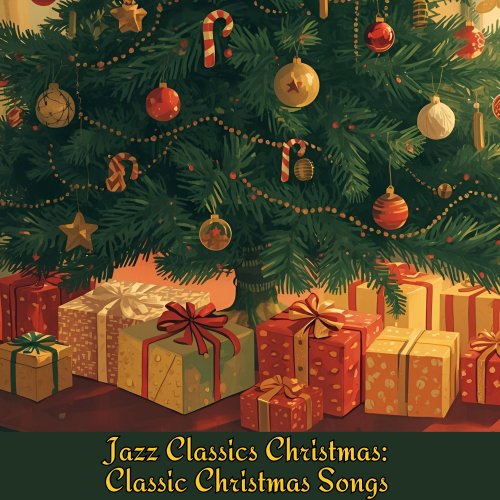
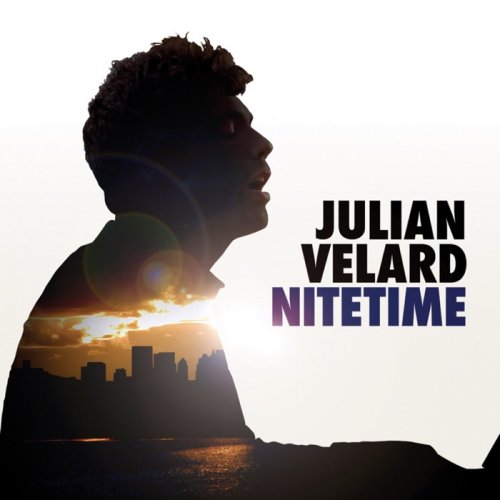
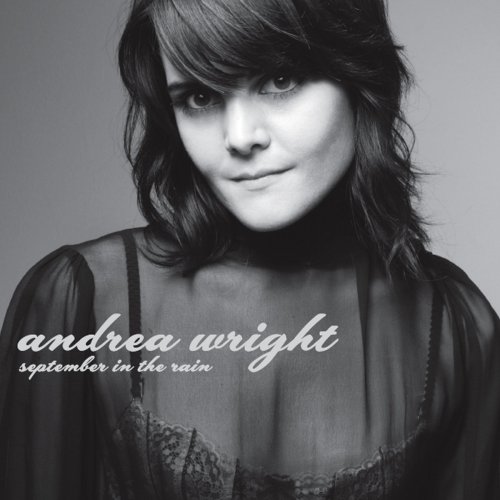
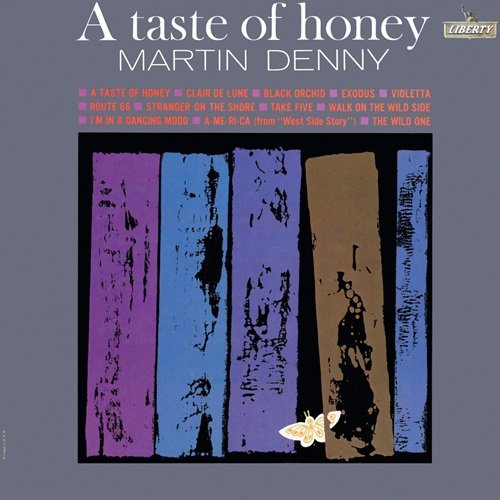

![Tomasz Stańko - Rue de la Tour (Polish Radio Sessions vol. 5/6) (2025) [Hi-Res] Tomasz Stańko - Rue de la Tour (Polish Radio Sessions vol. 5/6) (2025) [Hi-Res]](https://www.dibpic.com/uploads/posts/2025-12/1765796463_cover.jpg)
